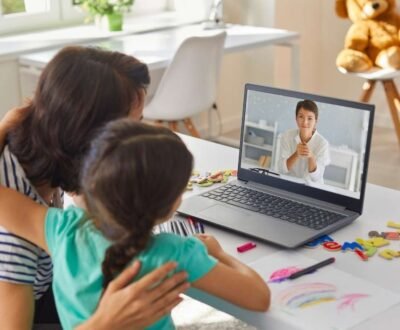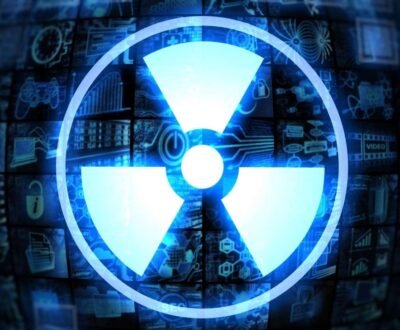Touted as more accurate and sensitive, 3-D mammography seems to be a promising addition to the breast-imaging world.
Called tomosynthesis, the new test uses the same procedure as your routine mammogram. The key difference is that the machine is not stationary but instead moves around your breast, taking X-rays at multiple angles. So you get a 3-D image of your breast, including any potentially cancerous tumors.

But how exactly can tomosynthesis help the estimated 6 million American women who will undergo the test this year?
A study published in The Journal of the American Medical Association revealed that, when used with digital mammograms, tomosynthesis results in higher detection rates and lower recall rates.
The researchers analyzed records (more than 450,000 screenings) of 13 mammography centers in the United States before and after they started using tomosynthesis equipment.
Based on those records, tomosynthesis in addition to digital mammography improved cancer detection. Combined testing found 5.4 cancers per 1,000 scans, while using digital mammography alone found 4.2. Of those involving invasive types, cancer was found in 4.1 of every 1,000 digital mammography scans and 5.4 of those that included tomosynthesis.
There were also fewer false alarms (where suspicious initial findings prompt women to get subsequent scans that yield normal results) in screenings that involved tomosynthesis.
With just digital mammography, 107 of every 1,000 women were called back for further X-rays and 4.3 percent of those women were later confirmed to have cancer. Combined testing required 91 of every 1,000 women to return, with cancer detected in 6.4 percent of those women.
It may all sound good. But as tomosynthesis is relatively new, it might be too early to gauge just how effective the technology is in spotting tumors and saving lives. And with the ongoing debate about the viability of breast cancer screenings, it might be best to embrace 3-D mammography with a bit of caution but plenty of optimism.
About us and this blog
We are a teleradiology service provider with a focus on helping our customers to repor their radiology studies. This blog brings you information about latest happenings in the medical radiology technology and practices.
Request a free quote
We offer professional teleradiology services that help hospitals and imaging centers to report their radiology cases on time with atmost quality.
Subscribe to our newsletter!
More from our blog
See all postsRecent Posts
- Understanding the Challenges of Teleradiology in India January 19, 2023
- Benefits of Teleradiology for Medical Practices January 16, 2023
- Digital Transformation of Radiology January 2, 2023









